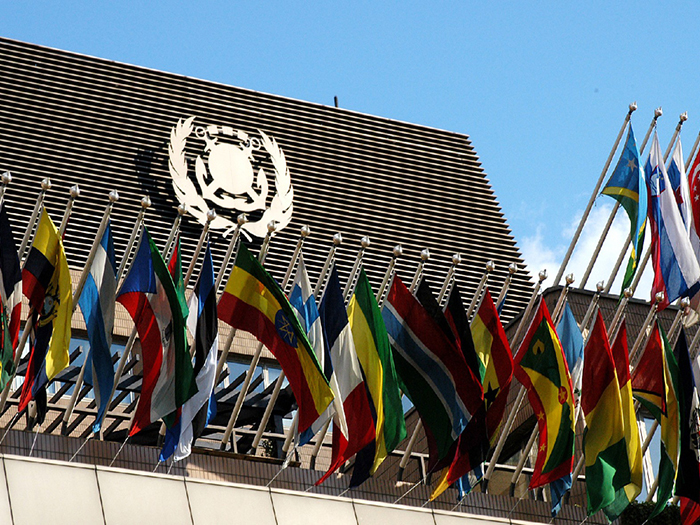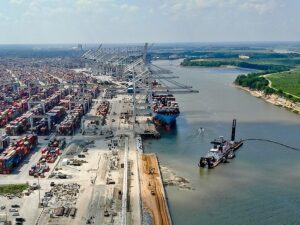
MEPC 75 approves draft regs on decarbonizing existing ships
Written by Nick Blenkey
Image: International Maritime Organization
As widely expected, IMO’s Marine Environment Protection Committee (MEPC), which is holding its 75th session virtually November 16-20, has approved draft new mandatory regulations to cut the carbon intensity of existing ships. The draft regulations amendments were developed by at a remote meeting of an IMO working group held October 19-23 and were immediately criticized as inadequate by environmental organizations.
In addition to, essentially, rubber stamping the draft regulations that came out of the working group, the MEPC also agreed the terms of reference for assessing their possible impacts on states, particularly developing countries including Small Island Developing States (SIDS) and least developed countries (LDCs).
Draft amendments to MARPOL
The proposed regulations are draft amendments to the MARPOL convention andwould require ships to combine a technical and an operational approach to reduce their carbon intensity.
The MARPOL treaty requires draft amendments to be circulated for a minimum six months before adoption, so they will now be put forward for formal adoption at the MEPC 76 session, to be held during 2021. They can then enter into force after a minimum 16 months following adoption.
The draft amendments would add further requirements to the energy efficiency measures in MARPOL Annex VI chapter 4. Current requirements are based on the Energy Efficiency Design Index (EEDI), for new build ships, which means they have to be built and designed to be more energy efficient than the baseline; and the mandatory Ship Energy Efficiency Management Plan (SEEMP), for all ships. The SEEMP provides for ship operators to have in place a plan to improve energy efficiency through a variety of ship specific measures.
The draft amendments bring in requirements to assess and measure the energy efficiency of all ships and set the required attainment values.
EEXI
The set of amendments includes: the technical requirement to reduce carbon intensity, based on a new Energy Efficiency Existing Ship Index (EEXI); and the operational carbon intensity reduction requirements, based on a new operational carbon intensity indicator (CII).
The dual approach aims to address both technical (how the ship is retrofitted and equipped) and operational measures (how the ship operates).
Attained and required Energy Efficiency Existing Ship Index (EEXI)
The attained Energy Efficiency Existing Ship Index (EEXI) is required to be calculated for ships of 400 gt and above, in accordance with the different values set for ship types and size categories. This indicates the energy efficiency of the ship compared to a baseline.
Ships are required to meet a specific required Energy Efficiency Existing Ship Index (EEXI), which is based on a required reduction factor (expressed as a percentage relative to the EEDI baseline).
Annual operational carbon intensity indicator (CII) and CII rating
The draft amendments are for ships of 5,000 gross tonnage and above (the ships already subject to the requirement for data collection system for fuel oil consumption of ships) to have determined their required annual operational carbon intensity indicator (CII). The CII determines the annual reduction factor needed to ensure continuous improvement of the ship’s operational carbon intensity within a specific rating level.
The actual annual operational CII achieved (attained annual operational CII) would be required to be documented and verified against the required annual operational CII. This would enable the operational carbon intensity rating to be determined. The rating would be given on a scale – operational carbon intensity rating A, B, C, D or E – indicating a major superior, minor superior, moderate, minor inferior, or inferior performance level. The performance level would be recorded in the ship’s Ship Energy Efficiency Management Plan (SEEMP).
A ship rated D for three consecutive years, or E, would have to submit a corrective action plan, to show how the required index (C or above) would be achieved.
Administrations, port authorities and other stakeholders as appropriate, are encouraged to provide incentives to ships rated as A or B.
Review mechanism
The draft amendments would require the IMO to review the effectiveness of the implementation of the CII and EEXI requirements, by January 1, 2026 at the latest, and, if necessary, develop and adopt further amendments.




